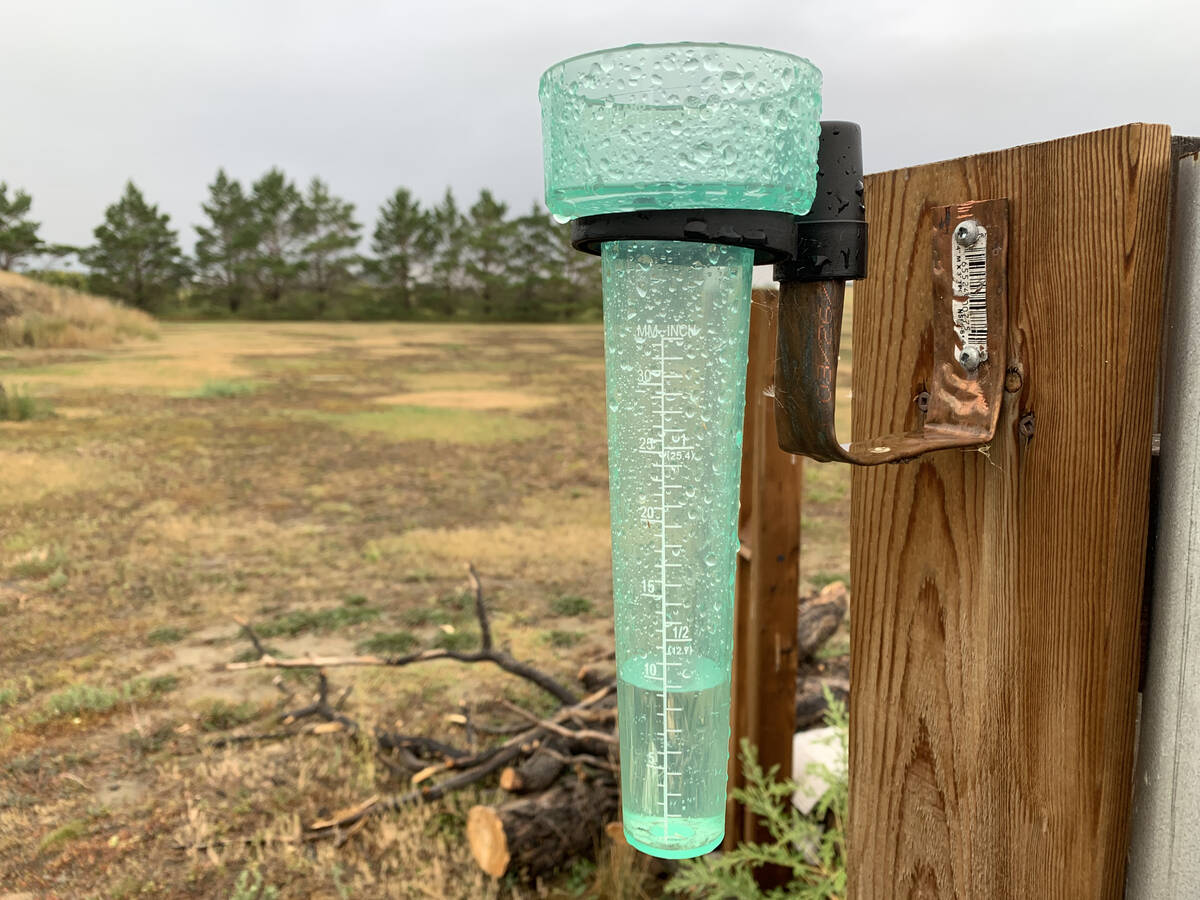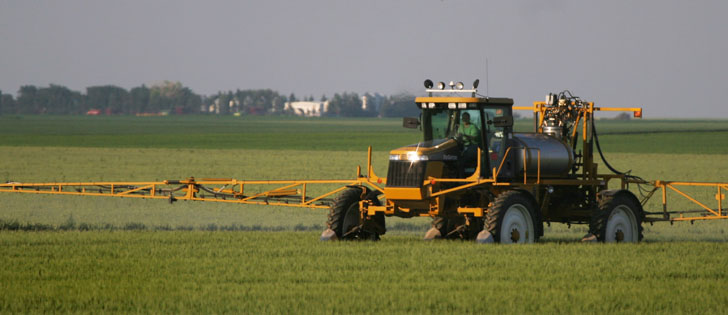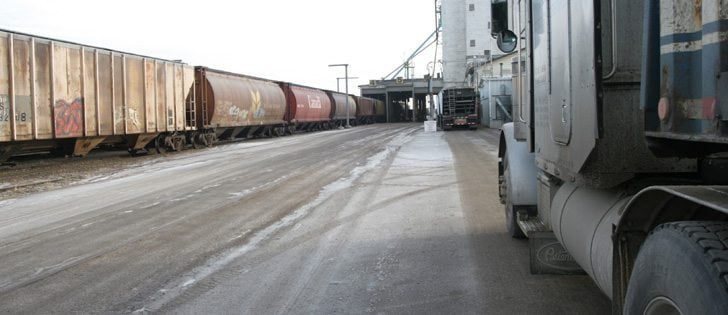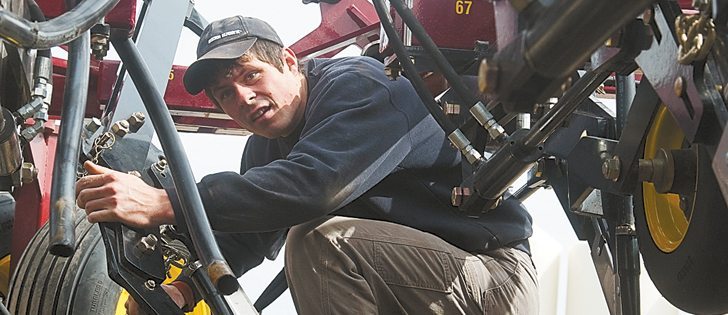The CWB isn’t the only grain company forced to figure out how to get product to customers under an open market.
Louis Dreyfus Canada owns one port terminal, but it is in Port Cartier, Que., on the Gulf of St. Lawrence, a long way from its western Canadian elevator network.
As a result, the grain company that owns six percent of Western Canada’s primary elevator capacity has had to negotiate with its competitors for access to their west coast export terminals.
Louis Dreyfus Canada president Brant Randles did not respond to interview requests, but he did touch on the subject this winter at a number of grain industry conferences.
Read Also

Southeastern Prairies get drought relief in September
September drought monitor from Agriculture and Agri-food Canada shows welcomed precipitation in coastal B.C. and southeastern prairies
“From the presentations that I’ve seen, they have handling agreements out in Vancouver,” said Charlie Pearson, provincial crops market analyst with Alberta Agriculture.
“I can’t say which one of the terminals because I don’t know, quite honestly.”
There are striking similarities between Louis Dreyfus’s plight and that of the CWB.
“(Louis Dreyfus) used themselves as a good example of what the Canadian Wheat Board will be in the new world because they don’t have port capacity,” said Pearson.
The CWB has negotiated a port agreement with Cargill and is in talks with other grain companies about accessing their terminals.
Pearson suspects Louis Dreyfus may have handling agreements in place with multiple competitors because both parties would benefit from such an arrangement.
“There is excess capacity on the West Coast and there is opportunities for a company like Louis Dreyfus to negotiate a port access agreement and they have done that,” he said.















